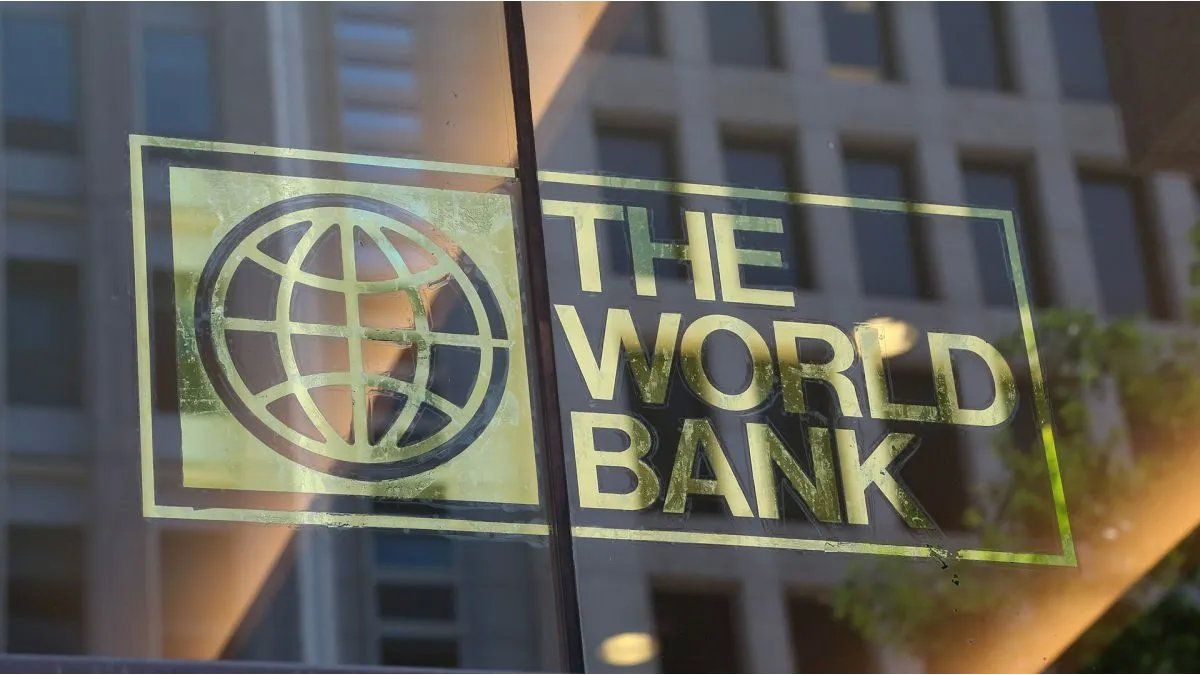He world Bank on Tuesday cut projections for the Argentine economy this year. According to the World Economic Outlook report, “global growth has slowed sharply and the risk of financial stress in emerging markets and developing economies (EMEDs) is intensifying, against a backdrop of high global interest rates”.
In this context, the Bank corrected downward the growth prospects of Argentinasince last April he considered that the country’s GDP was going to remain at the same level as in 2022 (0% growth of the economy).
Evolution of GDP in Argentina, according to the World Bank
The multilateral organization foresees that Argentina will enter into recession and GDP will fall 2% in 2023although they also projected a 2.3% recovery in 2024in a precarious context that is hitting the global economy and emerging countries in particular, according to the latest World Bank estimates released today.
Due to the evolution towards precariousness of global conditionswhere global growth is projected to slow, from 3.1% in 2022 to 2.1% in 2023, reduced the growth projections for the country by two percentage pointswhich until April they projected to be maintained.
In this sense, the president of the World Bank Group Ajay Banga stated: “The surest way to reduce poverty and expand prosperity is through employment. However, slower growth makes job creation much more difficult“.
“Growth forecasts do not represent an inexorable destiny, we have the opportunity to reverse the trend, but we must all work together to achieve it,” he considered.
According to the World Bank, “as global credit conditions become increasingly tightone in four MEED has lost access to international bond markets”.
The pressure is especially serious in the case of MEED with underlying vulnerabilities, such as low creditworthiness.
Growth projections for these economies for 2023 are less than half of those forecast a year ago, making them highly vulnerable to further shocks, they highlighted.
“The world economy is in a precarious situation”he affirmed for his part Indermit GillChief Economist and Senior Vice President of the World Bank Group.
“Except in East and South Asia, we are a long way from achieving the dynamism needed to end poverty, counter climate change and replenish human capital. By 2023, the growth rate of trade will fall to less than a third of what it was in the years before the pandemic and in emerging markets and developing economies, debt pressure is increasing due to rising interest rates“, he added.
The latest forecasts indicate that the overlapping shocks from the pandemic, Russia’s invasion of Ukraine, and the sharp slowdown against a backdrop of tight global financial conditions, have delivered a severe setback for MEED development that will endure for years to come. the foreseeable future.
Projections for 2024
By the end of 2024, economic activity in these economies is expected to be around 5% lower than the levels projected on the eve of the pandemic.. In low-income countries, particularly the poorest, the damage is enormous: in more than a third of these countries, income per capita in 2024 will still be below 2019 levels.
Due to the slow pace of income growth, extreme poverty will take hold in many low-income countries.
“Many developing economies are struggling to cope with sluggish growth, lto persistently high inflation and unprecedented debt levels. However, their situation could worsen if other dangers emerge, such as the possibility that new financial tensions in advanced economies generate more widespread spillover effects,” he said. Ayhan KoseDeputy Chief Economist of the World Bank Group.
“Policymakers in these economies must act promptly to avoid financial contagion and reduce domestic vulnerabilities in the near term”indicated.
According to the report, the growth of advanced economies will slow to 2.6% in 2022 to 0.7% this year, and will continue to be weak in 2024. After growing by 1.1% in 2023, it is expected that the US economy will slow to 0.8% in 2024mainly due to the persistent impact of the marked increase in interest rates that occurred over the last year and a half.
In the euro area, forecasts indicate that growth will slow from 3.5% in 2022 to 0.4% in 2023as a result of the prolonged effect of the tightening of monetary policy and the increase in energy prices.
Source: Ambito




